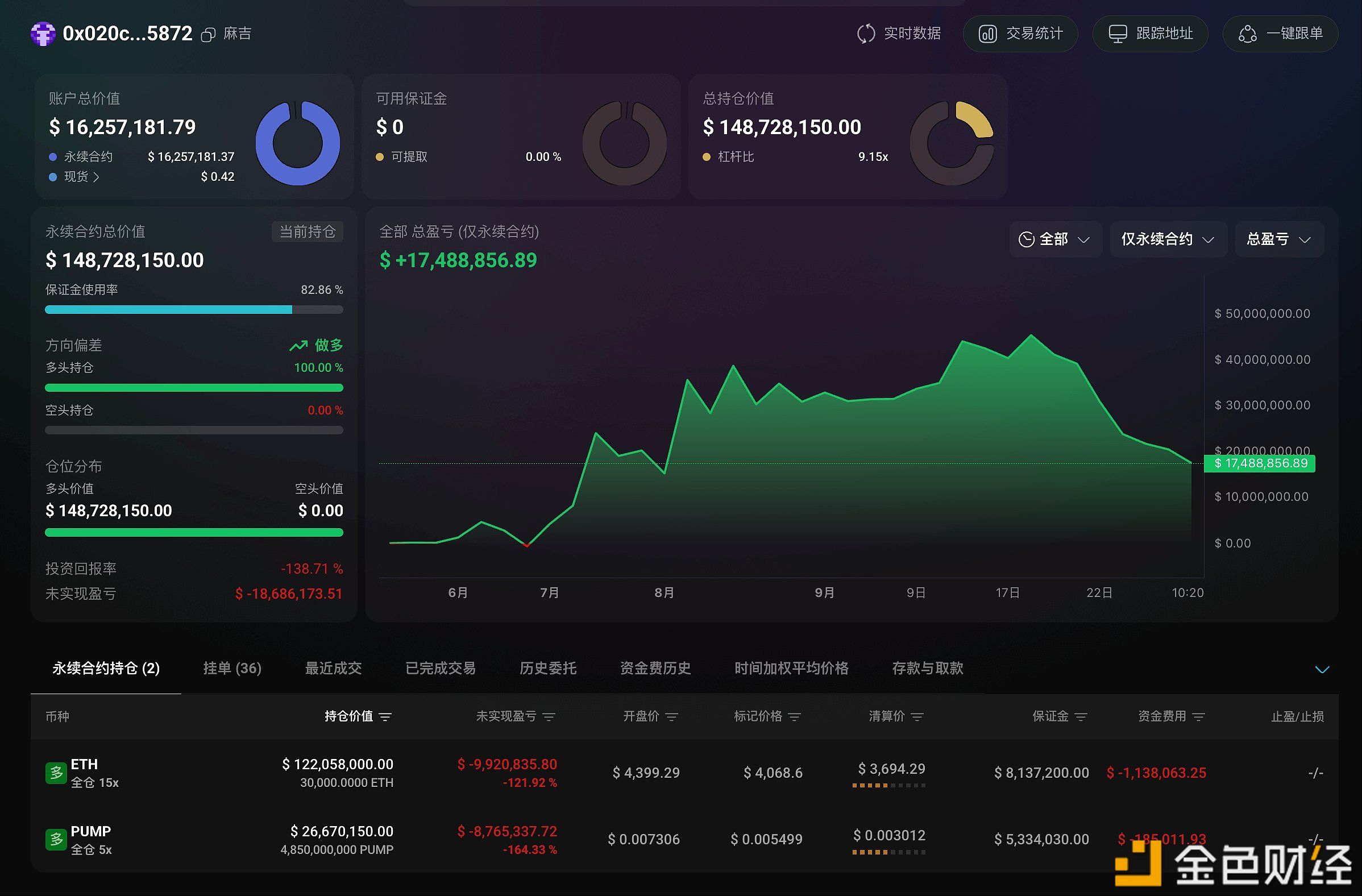JPMorgan: Two Major Factors Restrain the Fed from Starting Rate Cuts, Final Decisions Often Lag Behind Economic Conditions
JPMorgan points out that when the Federal Reserve is caught in a dilemma due to conflicting macroeconomic data, its final decisions often lag behind the situation. Trump is increasingly urging the Fed to lower interest rates, but the Fed is in a difficult position. JPMorgan analysts state that there is almost no chance of a rate cut as the Fed kicks off its May policy meeting this week, and the likelihood of a rate cut in subsequent meetings is also low. JPMorgan believes there are two reasons why Fed officials are constrained in terms of monetary policy. One reason is that rising inflation expectations make it difficult for the Fed to initiate rate cuts. The latest consumer inflation report shows that inflation rose 2.4% year-on-year in March, above the Fed's 2% target. This figure is still relatively low compared to what might happen in the future: the University of Michigan's one-year inflation expectation is 6.5%. Trump's tariff policies are expected to increase consumer costs, which is a major driver of the sharp rise in inflation expectations. Concerns triggered by the trade war have heightened the risk of stagflation, the possibility of the U.S. economy falling into a situation where growth stagnates while prices continue to rise. In this scenario, the Fed is essentially caught in a dilemma because it cannot address both issues simultaneously. The second reason is that macro data has not yet shown the necessity for a rate cut. Currently, encouraging data masks the issue of inflation expectations, and macroeconomic data continues to remain strong, even relatively robust in some aspects. Last Friday's unexpectedly positive April non-farm employment report boosted investor confidence and pushed the stock market higher. In other words, the market is not pricing in an imminent recession. JPMorgan analysts wrote: The S&P 500 Index (SPX) currently has a forward P/E ratio of 21 times, with expected earnings per share (EPS) growth of 10% this year and 14% next year. This does not reflect any obvious concerns about a recession.
Disclaimer: The content of this article solely reflects the author's opinion and does not represent the platform in any capacity. This article is not intended to serve as a reference for making investment decisions.
You may also like
Benchmark analyst reiterates "Buy" rating on Japanese crypto company Metaplanet

GAIN official: Investigating issues related to abnormal token over-issuance
Data: 10 addresses received a total of 210,000 ETH within 6 hours, worth approximately $863 millions.
